Vienna artist Egon Schiele utilized graphic elements as his primary art form, which he appreciated for its immediacy of expression. As in his work “Schiele’s Wife with Her Little Nephew”, he often combined graphical elements with a mixture of gouacheGouache is a painting medium similar to watercolor but with a higher pigment content, resulting in a more opaque and vibrant finish. Known for its versatility and rich texture, gouache is favored by artists for its ability to create both detailed illustrations and bold, expressive works. Historical Background Gouache has a long history, used by artists and illustrators across various More and watercolour, emphasising contour and linearity through a limited colour range usage. He created some 3,000 drawings over the course of his short career.
Where is the picture “Schiele’s Wife with Her Little Nephew“ today?
The original picture of “Schiele’s Wife with Her Little Nephew” is on permanent display at the Museum of Fine Arts, Boston.
What’s in it?
“Schiele’s Wife with Her Little Nephew” appears like a snapshot of everyday life. At first glance, Egon Schiele’s picture looks lovingly. The portrayed woman is Egon Schiele’s wife Edith embracing her little nephew. Her face is bent towards the child full of devotion, while the boy’s arms wrap around the woman’s neck. She is wearing a yellow dress decorated with black stripes, the boy is dressed in grey. Again, both characters have a distorted or deformed body plasticity as is common for Egon Schiele’s style. His mixture of techniques changes from his fluid graphical lines to light watercolour shadesIn color theory, a shade is a darker version of a color, created by adding black to the original hue. This concept is essential for artists and designers, as it allows for a range of deeper, more intense tones that can add depth and drama to a composition. Defining Shade A shade results from mixing a pure hue with black. More and impasto gouacheGouache is a painting medium similar to watercolor but with a higher pigment content, resulting in a more opaque and vibrant finish. Known for its versatility and rich texture, gouache is favored by artists for its ability to create both detailed illustrations and bold, expressive works. Historical Background Gouache has a long history, used by artists and illustrators across various More brushstrokes.
What’s the context?
Schiele was conscripted for military service in the summer of 1915, shortly before, he married Edith Harms. Even if the military service only gave him limited time, he was able to continue working. Much of his artwork now consisted of linear landscape drawings and portraits of military officers. Simultaneously, Schiele began experimenting with themes about family and motherhood. For most pictures, Edith would serve as a model. While before the war he had mainly painted very slender women, body shapes now became fuller. Around this time his style was calmer, motives simpler and his style more settled. He replaced mutilated, twisted body shapes through more realistic representations. The tendency towards a more realistic and serene style is also evident in his written work known today.
Chatter and Prattle
Egon SchieleAustrian painter Egon Schiele (1890 – 1918) was one of the leading figures of Austrian Expressionism. He is famous for his fluid drawing style depicting twisted and distorted bodies and raw sexuality. As early as in his teenage years, his formidable talents fully matured as a protégé of Gustav Klimt. In 1907, Klimt had become Egon’s mentor and they developed More – Facts:
- Despite strong opposition from the protestant Harms family, Schiele and Edith Harms married in June 1915.
- Schiele did not only love women, but he also had a strong affinity towards children. His studio once became a gathering place for delinquent children, with the result that at one time he was imprisoned for the claim of seducing a young girl.
- Schiele’s feelings about motherhood were complex. During his childhood, he had a poor relationship with his mother. As he states in his writing, a mother was little more than a means to an end or a useful expedient. Children on the contrary were the ones who represented life and the creative spirit, according to Schiele.
Do you want to comment on this text about Egon Schiele’s Edith Harms picture or add information? We would like to hear from you.
Recommended Reading:
This article may contain compensated links. Please read Disclaimer for more info. As an Amazon Associate, I earn from qualifying purchases.
Jane Kallir (2003): Egon Schiele: Drawings and Watercolors
Tobias G. Natter (2020): Egon Schiele. The Paintings. 40th Anniversary Edition
Rudolf Leopold et al. (2017): Egon Schiele: Masterpieces from the Leopold Museum
James Dempsey et al. (2018): Obsession: Nudes by Klimt, Schiele, and Picasso from the Scofield Thayer Collection
Agnes Husslein-Arco et al. (2011): Egon Schiele: Self-portraits and Portraits

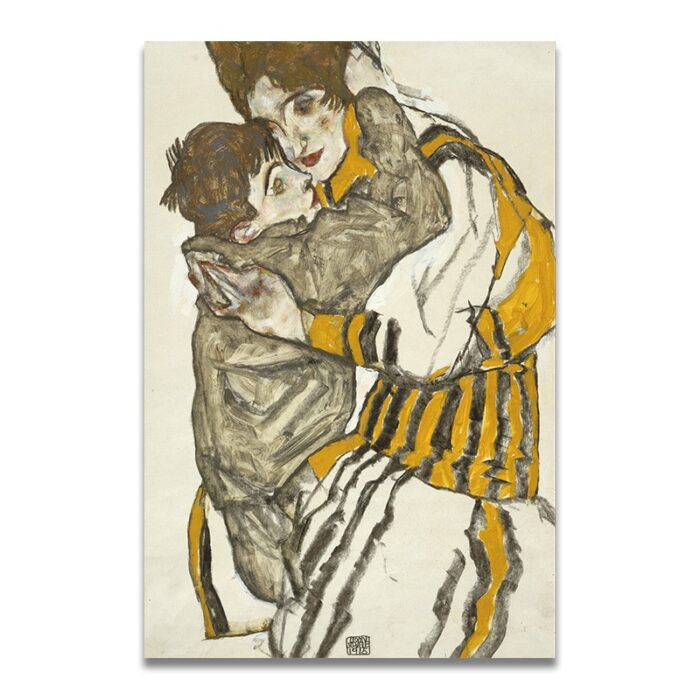
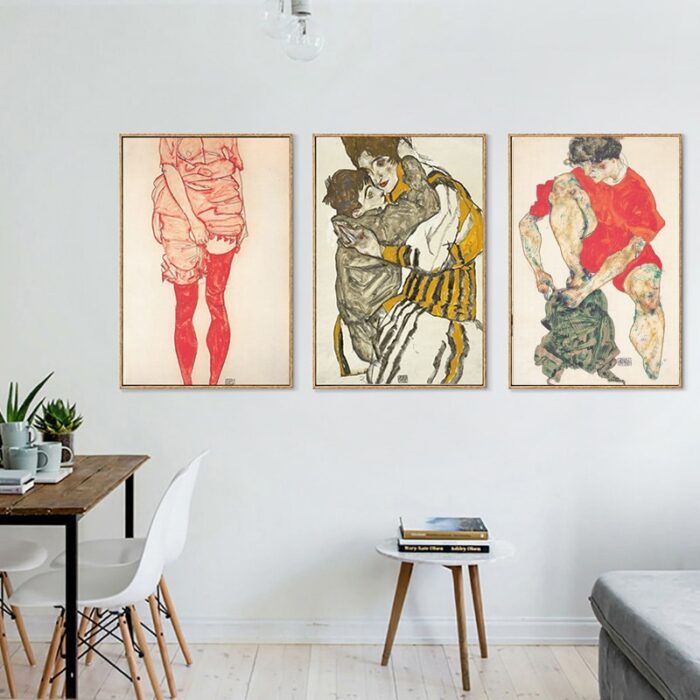
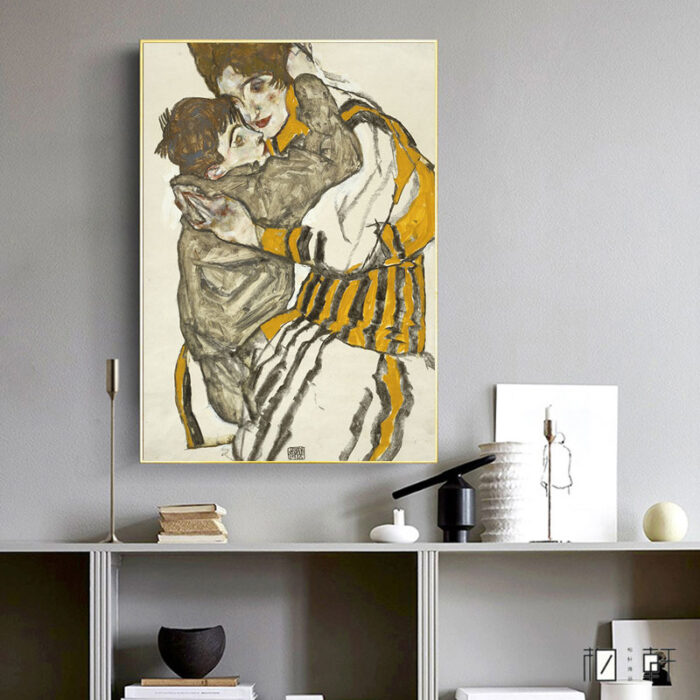


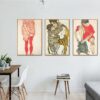
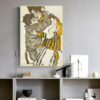
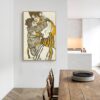
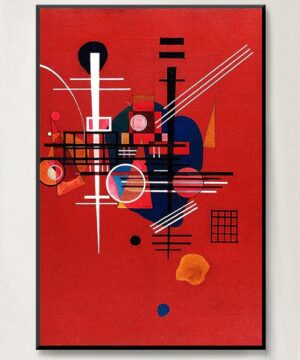
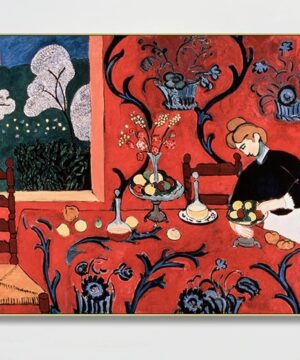
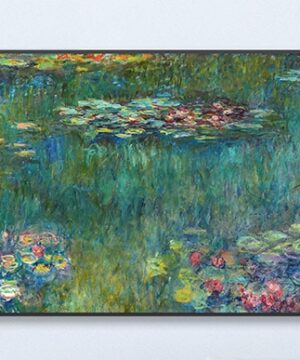
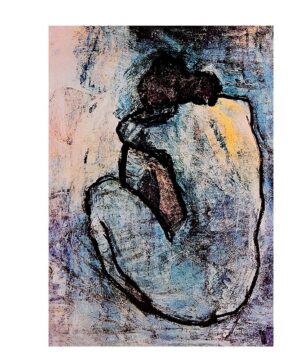
Reviews
There are no reviews yet.